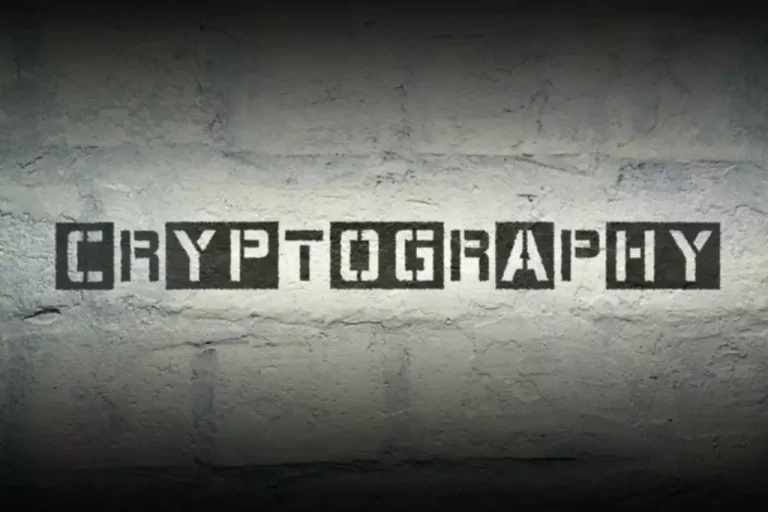Content
Institutions and Market makers need large volumes of liquidity to execute their big trades. By triggering buy or sell stop orders from retail what is buy side liquidity traders, they convert pending orders into market orders, creating the liquidity necessary for their trades without causing significant price slippage. Buy side and sell side liquidity in crucial concept in SMC and ICT trading concept.
Fractal Trendlines And Broadening Range Patterns
These buy stops are typically positioned above key levels, such as the highs of the previous day, week, and month. Understanding these levels are crucial, as https://www.xcritical.com/ they indicate points where significant amounts of buy orders may trigger, leading to a potential market reversal. ICT is based on market structure analysis, liquidity areas, trading volumes, and other variables to determine the best trade entries. The ultimate goal of ICT traders is to emulate the behaviour of institutional investors, also known as “smart money” players, in order to achieve consistent and profitable results. In Bearish Market, institutional traders aim to sell at higher prices and buy at lower prices. That could be the reason when market collects sell side liquidity, they drive the price higher in order to accumulate sell orders and expect lower prices in future.
Bitcoin Faces Potential Sell-Side Liquidity Crisis Amid Unprecedented Demand.
When large volumes of buy orders are introduced above key price levels, it can create a bullish market environment. The significant capital and strategic direction from these institutional traders can lead to trending movements and potential structure breaks in the market, indicating opportunities for other traders. Buy Side liquidity in SMC and ICT represents an important concept related to market movement. These orders are mostly Buy stops which are placed by retail traders to protect their short position. These orders are placed above the significant price levels such as previous highs or equal highs. Locating major order flow zones informs potential support/resistance flips fueling reversals.
Master Liquidity in Forex Trading with 3 Step Guide
None of the content above is financial advise and is for educational purposes only. Find more content on algorithmic trading software, crypto market making and market microstructure on Autowhale’s blog. What’s different now is that several major liquidity providers are streaming their bids and offers directly to the buy-side through execution management systems (EMSs).
In quantitative finance, the resiliency and the speed at which a market regains its strength is a measure for the health and maturity of the market. Monthly demand for Bitcoin has risen from 40,000 BTC at the start of 2024 to 213,000 BTC at writing time. CryptoQuant measures the demand by the 30-day growth in the total balance of accumulation addresses – those that only receive and hold BTC. The dramatic rise of BTC demand is driven by Bitcoin exchange-traded funds (ETFs) in the United States and other large holders, like whales.

If the head equity trader wants to buy BMW, and likes an ELP’s offer, it can click on the price and execute the trade. If the trader doesn’t like the price, the agency broker or trader can still route the order to the AlgoWheel, for example. The advantage of a broker sitting in the middle is that it polls all the prices from multiple ELPs in one place, enabling the buy side to pick the best one. This would represent most of the market share in terms of liquidity provision.

Traders try to figure out where a potential uptrend found a constructive base, such as whole numbers, moving averages, or recent lows trendline touches. ICT is a technique that analyses the inner workings of the financial markets, specifically in Forex and crypto trading. This approach was created by Michael J. Huddleston, an industry veteran with over 25 years of experience. In algorithmic trading in cryptocurrency markets its always key to have an edge in the markets since the space is moving fast and adopting to the latest… The amount of BTC at sell-side liquidity entities hovers around 2.7 million BTC, down from an all-time high of 3.5 million BTC recorded in March 2020. With Bitcoin demand skyrocketing and sell-side liquidity falling, the liquid inventory of Bitcoin has plummeted to its lowest ever in terms of monthly demand.
- In the past, investment managers may have been concerned about interacting directly with market makers’ proprietary risk books.
- These accumulations of orders are prime targets for buy side liquidity providers that seek to manipulate market movements to their advantage.
- We kindly remind all members to adhere to our community guidelines, help us maintain a friendly and inclusive environment where traders of all backgrounds can learn from one another.
- None of the content above is financial advise and is for educational purposes only.
- Buy-Side Liquidity refers to a pool of pending buy stop orders placed by traders above key highs (swing highs, resistance levels).
Traders can spot entry points by monitoring areas with significant buy side liquidity forex accumulations, particularly above market highs. Resting orders, such as limit orders and stop losses, contribute significantly to market liquidity by creating a buffer of potential transactions at certain price levels. Their presence ensures smoother price transitions and can often signal or trigger large market movements when these orders are activated or targeted by buy side liquidity providers.
This results in a sudden surge or decline in price, depending on the direction of the breakout. When the market reaches a major resistance level, many traders open short positions in anticipation of a price reversal. In doing so, they also place their stops higher than the resistance level to limit potential losses.
Buy-side liquidity refers to the ability of buyers to buy large amounts of contracts without significantly affecting the price. Sell-side liquidity refers to the ability of sellers to sell large amounts of contracts without significantly affecting the price. This type of liquidity is important for large institutional investors, such as hedge funds and investment banks, who need to buy/sell large amounts of contracts without significantly affecting the price. Market makers use these levels to orchestrate liquidity hunts, triggering sell stops before reversing the price direction. More often than not, Fibonacci retracement and extension levels identify the buy and sell side areas nearby that can equate to proportionate movements.
Traders must always set stop-losses and manage position sizes carefully. Losses can exceed initial investments, so it’s essential to trade within your risk tolerance and use liquidity sweeps wisely. In consolidation market, there is liquidity on both side of the market. Unveil the untapped potential of your trading strategy with the Buyside & Sellside Liquidity Indicator. A beacon of insight in the world of ICT Trading methodology, this indicator empowers you with a deep understanding of liquidity dynamics.
By understanding where liquidity accumulates, we can anticipate potential price moves and improve our trading. Reductions in liquidity are not always leading to higher volatility or have some outsized impact on markets. In traditional public equity markets traders who are trading near closing hours often face lower liquidity as investors take off capital from the market. In crypto markets, often momentum is driven by a certain geographic region. Examples such as the ones mentioned above (rate hikes, wars, etc.) are typical for an overall liquidity shortages where liquidity typically shifts from rink-on to risk-off assets.
It gives flexibility for setting specific selling prices or selling at the current market price. Liquidity sweep in financial markets occurs when large market participants, especially institutions and market makers aggressively trade on one side of the order book. The aggressive action of market participants sweeps the available orders from the market and drive the price up or down.
Structural liquidity in the Forex market refers to the layering of buy and sell orders around critical price points, such as historical highs and lows or areas of trend breaks. These points often serve as catalysts for significant price movements. Large financial institutions commonly manipulate this liquidity by absorbing or deploying strategic trades, impacting the overall market direction. While many individual traders focus on technical indicators and chart patterns, understanding the underlying mechanics of the Forex market movement is crucial for those looking to gain an advantage.
However, if the price breaks through the resistance, all the stops that have been placed above it will be triggered. Liquidity hunts refer to a strategic move by institutional traders to grab pending orders and sell stops. This happens by pushing the price below key support area (swing low) where these stops are placed. Because retail traders tend to place buy stops at predictable levels, these areas become liquidity pools. For large institutions, which need substantial liquidity to fill their large sell orders, these pools of stop orders are highly attractive.